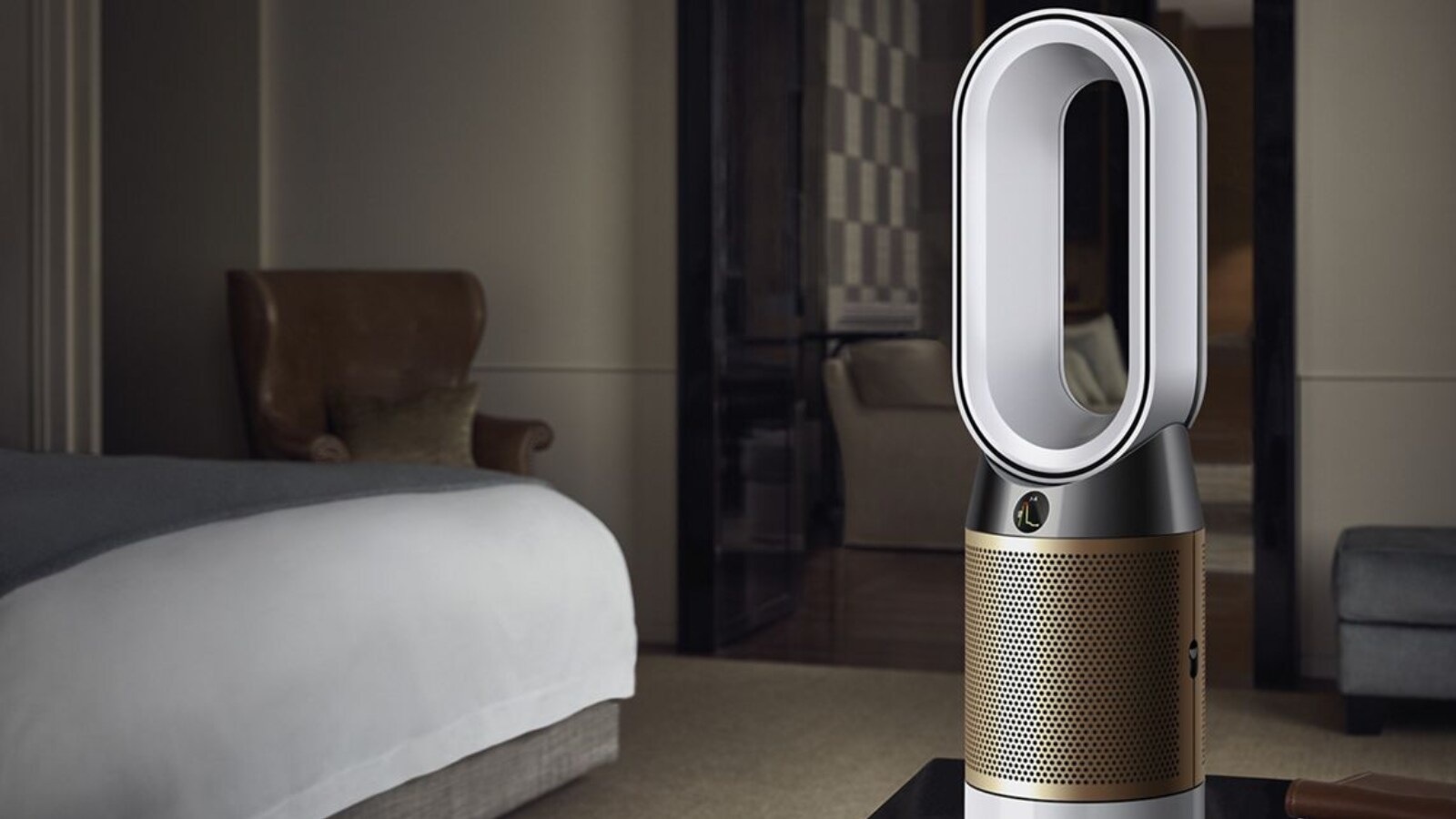Here's why air purifiers need smarter testing
The Clean Air Delivery Rate (CADR), is the most commonly used method for a consumer to choose between air purifiers. However, it shouldn’t be a standalone metric to assess the full performance of a modern-day intelligent purifier, and here's why.

Air purifiers come in many shapes and sizes, from whole-room and personal to portable purifiers. Even within these categories, there is significant variation – in price, in performance, in appearance. So how can you choose the best purifier for your home?
The Clean Air Delivery Rate (CADR), is the most commonly used method for a consumer to choose between air purifiers. It measures the volume of clean air that a purifier can provide in a fixed amount of time – ultimately a measurement of speed. However, it shouldn't be a standalone metric to assess the full performance of a modern-day intelligent purifier especially as the methodology does not represent real-world homes.
How are the tests done?
To generate CADR ratings, tests are conducted in a compact chamber 28m3 in size, with an added fan to circulate the air and only one sensor to measure air quality. CADR also does not consider what airborne pollution is being filtered or how effectively. It pays no testament to the advances in filtration technology and the ability to remove nasties such as formaldehyde from the air. This analysis method can be misleading to consumers, particularly given that ratings are not generated in auto mode and are inherently linked to the test chamber size.
We believe that a purifier should clean the whole room. To do that it must be multifunctional - effectively sensing deteriorating air quality, capturing pollutants properly and projecting cleaner air to every corner of the room. Our engineers go further during testing – with a uniquely designed testing methodology, Point Loading Auto Response (POLAR), to ensure that our purifiers are capable of whole-room filtration.
In a POLAR lab, eight sensors in the corners of the room and one sensor in the centre collect air quality data every 5 seconds, detecting particles of indoor air pollution that are 300 times narrower than a human hair. Analysing the data across all nine sensors ensure that the air purifiers deliver a uniform cleaning performance throughout the whole room, as opposed to just around the air purifier.
We believe that when choosing a machine, people should have the data at their fingertips to understand the performance of any machine in the real world. As such, testing that evaluates purification performance rather than just filtration speed is important to figure out what works in people's homes.
This article has been written by Michael Leat, Design Engineer, Environmental Care at Dyson.
Catch all the Latest Tech News, Mobile News, Laptop News, Gaming news, Wearables News , How To News, also keep up with us on Whatsapp channel,Twitter, Facebook, Google News, and Instagram. For our latest videos, subscribe to our YouTube channel.































